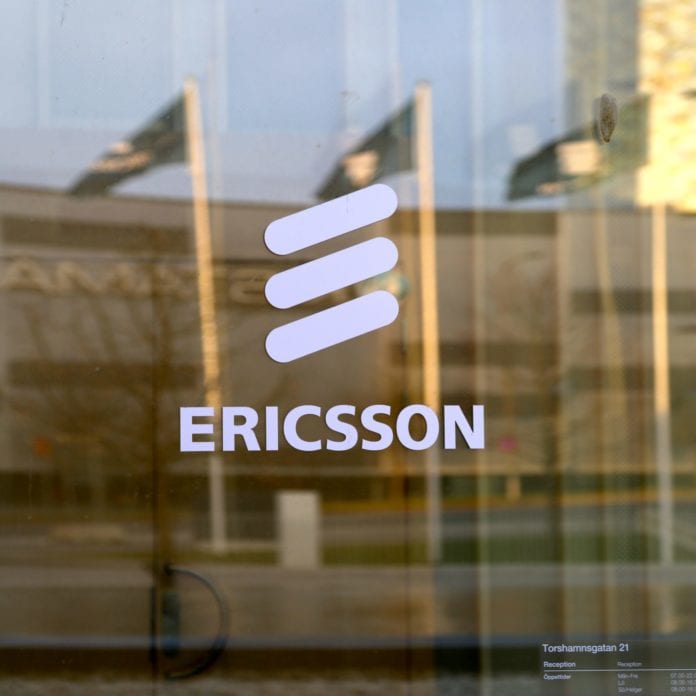In December 2017, 3GPP finalized the non-standalone 5G New Radio (NR) specification, which uses the LTE radio and core network in tandem with a new 5G carriers. The standalone 5G NR specification, set to be finalized in mid-2018, will establish a new 5G NR core network. Operators eager to deploy a 5G service in 2019 are focused on NSA 5G NR and, as such, network infrastructure vendors worked quickly to release spec-compliant equipment following approval of the non-standalone standard.
On Jan. 29 Nokia announced its Future X architecture, along with new chipsets, which includes updates to core, transport, radio and silicon products. Now, in the run-up to Mobile World Congress 2018, Nokia rival Ericsson is previewing its 5G NR platforms, which includes core, radio and software.
Given the R&D spend that has gone into 5G, coupled with waning investment in LTE equipment and market share loss in mainland China, vendors and operator partners are eager to commercialize 5G services. NSA 5G NR compatible silicon and network infrastructure are ready to go, and device availability is expected in 2019, which highlights the desire for rapid network deployments. To facilitate this, Ericsson radio equipment from 2015 and forward can be updated to support 5G NR through an over-the-air software installation, which has big implications for time-to-market.
“There is no need to rip and replace,” Ericsson EVP and Head of Business Area Networks Fredrik Jejdling said. “We have a long history of strong backwards compatibility and our products and software are built for evolution…Investments in Ericsson Radio System since 2015 will continue to bring operators value when the time is right to transition to 5G. Swisscom Head of Joint Mobile Group Daniel Staub said, “We can launch 5G services more efficiently…significantly boosting the long-term value of our network assets.”
New building facade radios for network densification
To support network densification efforts and complement its macro and micro cell offerings, Ericsson announced what it calls the “Street Macro…These radios will be on building facades with a smaller footprint but the necessary strength to secure network efficiency and coverage.”
Ericsson also announced radios that support massive multiple-input, multiple-out (MIMO), which it has tested out with Sprint, which sees massive MIMO as central to its 5G plans.
Furthermore, the company unveils new radio products supporting Massive MIMO technology. These products enable a smooth evolution from 4G to 5G and address the need for increased capacity, while simplifying use for wider adoption.

